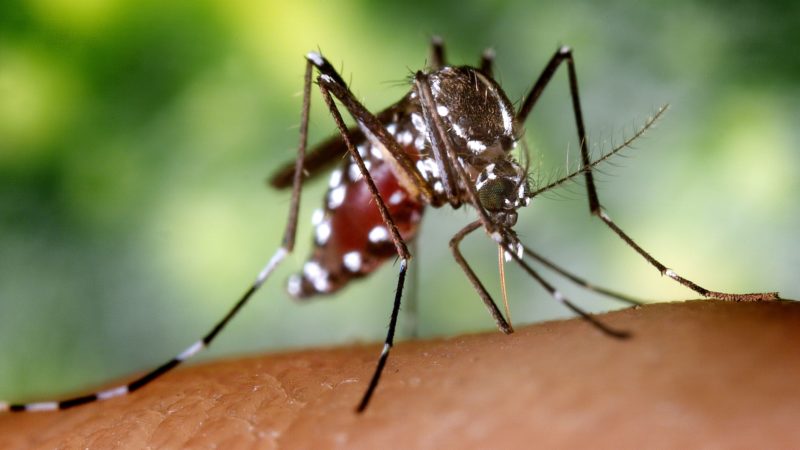The light emitted by light bulbs can be attractive to a range of insects, which, in many parts of the developing world, can mean that the type of bulb you use may actually increase your risk of exposure to insects carrying vector-borne diseases such as malaria and Chagas disease. UCLA students tested a set of custom light emitting diode (LED) light bulbs to assess the potential for designing a bulb that reduces the number of insects attracted by the LED light, while still providing white light at a wavelength suitable for indoor use. The students found that the custom LED configurations they used were less attractive to all invertebrate orders combined than commercial LED or CFL bulbs of similar color temperatures currently available, which could have a strong impact on exposure risk in developing countries.

